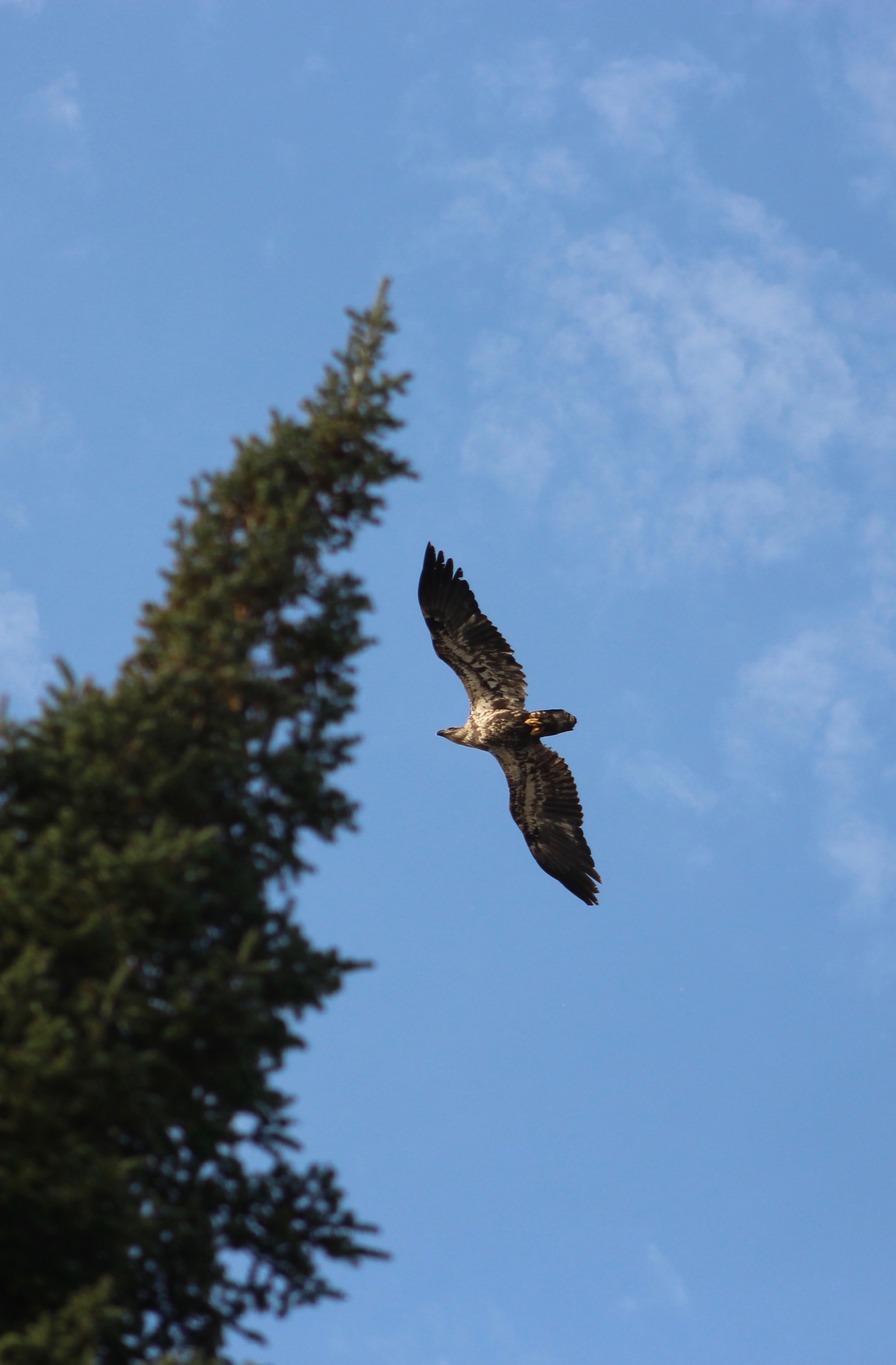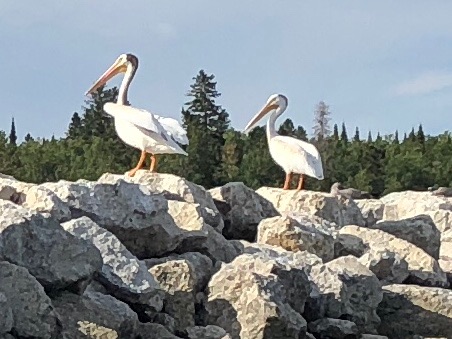By Lori Janeson
Taking pictures of wildlife is a bit trickier than taking photos of the stunning landscape around Lake Winnipeg. The landscape may not move, but animals do.
 If you’d like to take better wildlife, whether it’s birds or moose, follow these tips to get better photos.
If you’d like to take better wildlife, whether it’s birds or moose, follow these tips to get better photos.
Tip 1: Practice Before You Head Out
Practice taking backyard photos with the camera you intend to use to shoot wildlife. Try taking photos of birds from a variety of distances and in various lighting. Adjust your camera settings and learn to create the best possible shots when you’re calm and relaxed. Practice changing settings until you can do it without looking at your camera.
Tip 2: Cultivate Patience
When it comes to photographing wildlife, remember that you’re not in control of the situation. The bird, moose or other wild animal is. Much of the time, you’ll be waiting for wildlife to arrive or move or do something. You’ll have to be patient.
Tip 3: Learn About Your Subject
You can’t just head out any time hoping to get a picture of a black bear. Wildlife follows its own patterns and before you try to capture an animal’s essence, study its behavior and normal activity.
“Learning about an animal’s behavior gives you a much better chance of capturing an amazing moment.” — Lori Janeson
Learn where your subjects typically inhabit at a given time of the year, read about their food sources and research typical behavior.
If at all possible, observe your subject animal over a period of time. Then when the real action happens, you’ll be ready.
Tip 4: Learn the Photography Rules for Wildlife
The rule of thirds, where you picture your subject within a square or line intersection of grid of nine equal squares, is as important when you shoot wildlife as it is in other types of photography.
When you photograph wildlife, however, the subject’s eyes become important. Eye contact is often considered the prime example of fine wildlife photography because an image of a wild animal looking at the camera seems more alive.
That’s not to say that the only way to take a dramatic photo of an animal is if it’s looking straight at you. In fact, many of the best wildlife photos are of animals being themselves; doing what they do naturally.
Don’t be afraid to break the rules to get great pictures.
Tip 5: Use Nature’s Light to Your Advantage
The sun is the perfect partner when it comes to shooting wildlife. Early morning and the light just before dark are ideal lighting conditions. Afternoon sun is typically too harsh, but if you’re willing to get up early and catch the animal at sunrise, you just might take a masterpiece.
Overcast skies have their own special aura. Clouds provide a natural light filter that let you photograph any time during the day.
As for the position of the sun and the light rays, the consensus is you should never shoot directly into the sun. The only problem with that is you may not always be able to move to a better position when you’re watching and waiting for an awesome wildlife moment to photograph. Experiment with your camera’s settings and take pictures anyway. You just might come up with a great shot even if you break the rules.
Lori Janeson is a nature photographer living in Winnipeg, Manitoba.

